SJ/T 11852-2022 Technical Specification for Lithium Ion Batteries and Battery Packs for Service Robots
Service robots are widely used in industries, medical treatment, families and other fields. The safety, reliability and performance of power sources become the key factors to ensure the normal operation of robots. Lithium-ion batteries have become the main power source of service robots due to their high energy density, long service life and good charging and discharging performance. In order to standardize the design, manufacture and testing of lithium ion batteries and battery packs for service robots, and promote the improvement of product quality and safety level, the national standard SJ/T 11852-2022 "technical specification for lithium ion batteries and battery packs for Service Robots" came into being. This article will systematically introduce the main contents of this standard to help relevant R & D and manufacturing personnel understand and apply the specification requirements in depth.
I. Overview of standards
SJ/T 11852-2022 is a technical specification for lithium ion batteries and battery packs for service robots, covering the basic terms, technical parameters, performance indicators, safety requirements, test methods, identification packaging and other aspects. Based on the characteristics of service robots and the performance characteristics of lithium ion batteries, this standard puts forward clear design and testing requirements, aiming at ensuring the safe and reliable operation of battery systems and promoting the healthy development of service robot industry.
II. Scope of Application
this standard applies to service robots lithium ion battery and battery pack, including battery cells and combined battery packs with different structural forms such as cylindrical, square and soft bags. The standard content covers the design and manufacture of batteries, performance testing, safety protection and quality control, etc. It is suitable for new product development and quality improvement of existing products.III. Main content analysis
- terms and Definitions
firstly, the standard defines the professional terms related to lithium ion batteries of service robots, such as rated capacity, charge and discharge efficiency, internal resistance, self-discharge rate, cycle life, etc., providing a unified language basis for subsequent technical requirements.
- Technical index requirements
(1) electrical performance
the standard specifies the key indexes such as the rated capacity, rated voltage, internal resistance, charging and discharging efficiency of the battery and the battery pack. Battery capacity should meet the nominal value, and internal resistance should be controlled within a reasonable range to ensure stable power output.
(2) charge and discharge performance
parameters such as charging final voltage, discharge cut-off voltage, and maximum charge-discharge current are defined to ensure that the battery pack operates within the normal working range and prevent performance attenuation or potential safety hazards caused by overcharge and overdischarge.
(3) cycle life
- Safety Performance requirements
the safety of lithium ion batteries is the key content of the standard. The battery and battery pack are required to have the functions of short circuit prevention, overcharge prevention, overdischarge prevention, overcurrent prevention and overtemperature protection. The standard tests and regulates the thermal runaway and explosion-proof performance of the battery, ensuring that under abnormal working conditions, the battery can effectively prevent the accident from expanding and ensure the safety of robots and the use environment.
- Mechanical Performance requirements
the application environment of service robots is complex, and batteries need to have good vibration resistance, impact resistance and mechanical strength. The standard specifies relevant mechanical performance testing methods to ensure that the battery pack does not cause structural damage and performance degradation during movement.
- Environmental adaptability
the standard requires that the battery and battery pack can adapt to various environmental conditions, including high and low temperature, damp heat, salt spray and other tests to ensure that the battery maintains stable performance in different working environments and meets the diversified application requirements of robots.
 Dongguan Juneng New Energy Technology Co., Ltd.
Dongguan Juneng New Energy Technology Co., Ltd.
 137 5142 6524(Miss Gao)
137 5142 6524(Miss Gao)
 susiegao@power-ing.com
susiegao@power-ing.com
 Xinghuiyuan High tech Industrial Park, Dalang Town, Dongguan City, Guangdong Province
Xinghuiyuan High tech Industrial Park, Dalang Town, Dongguan City, Guangdong Province


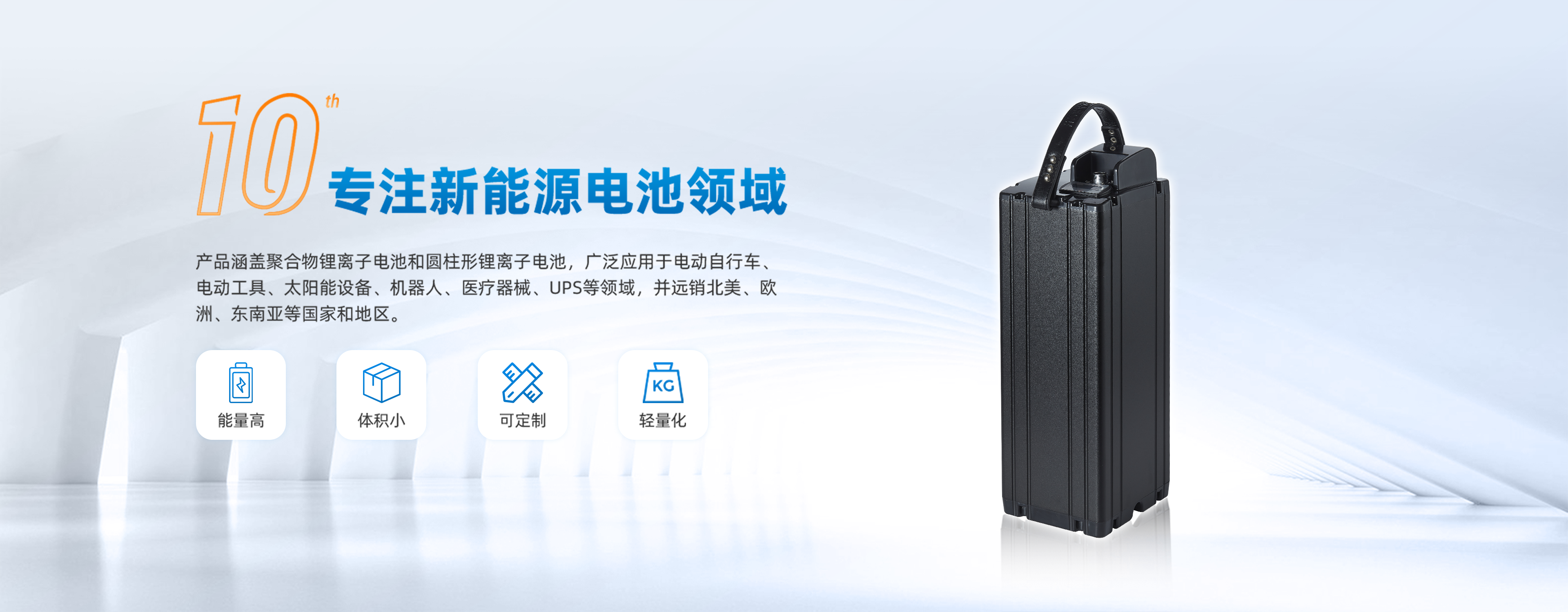
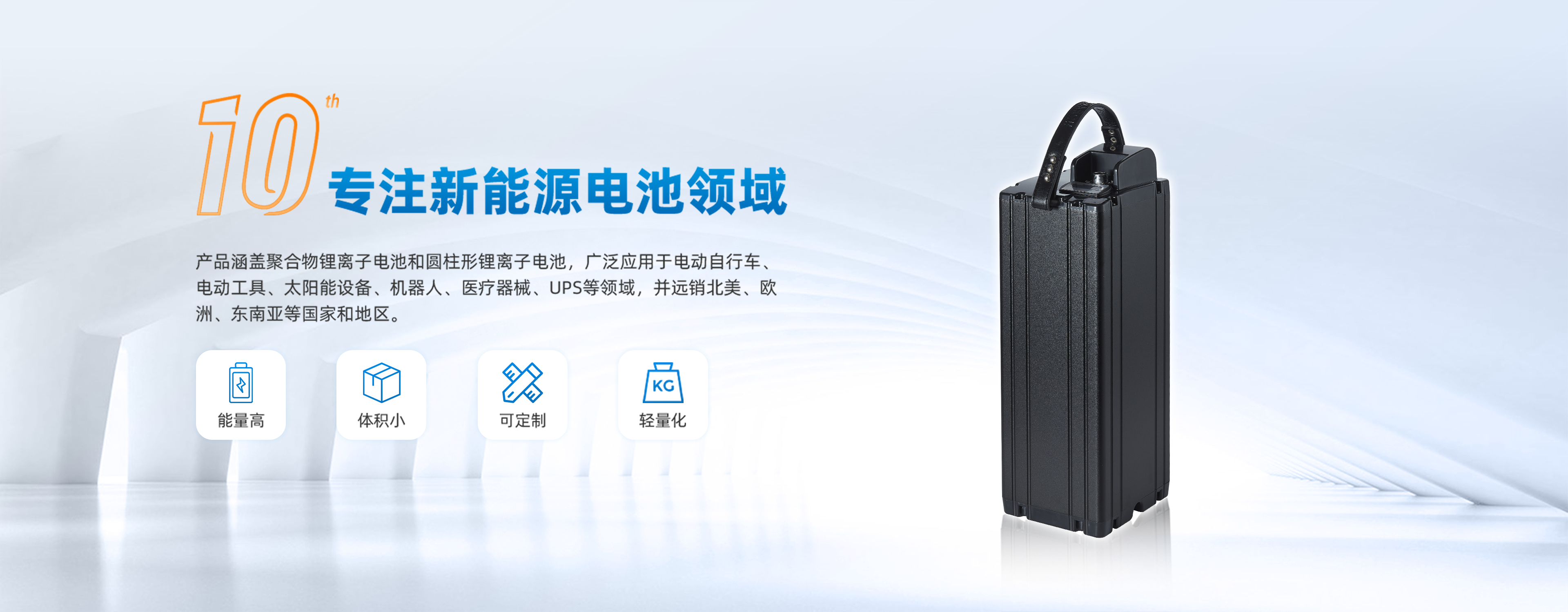
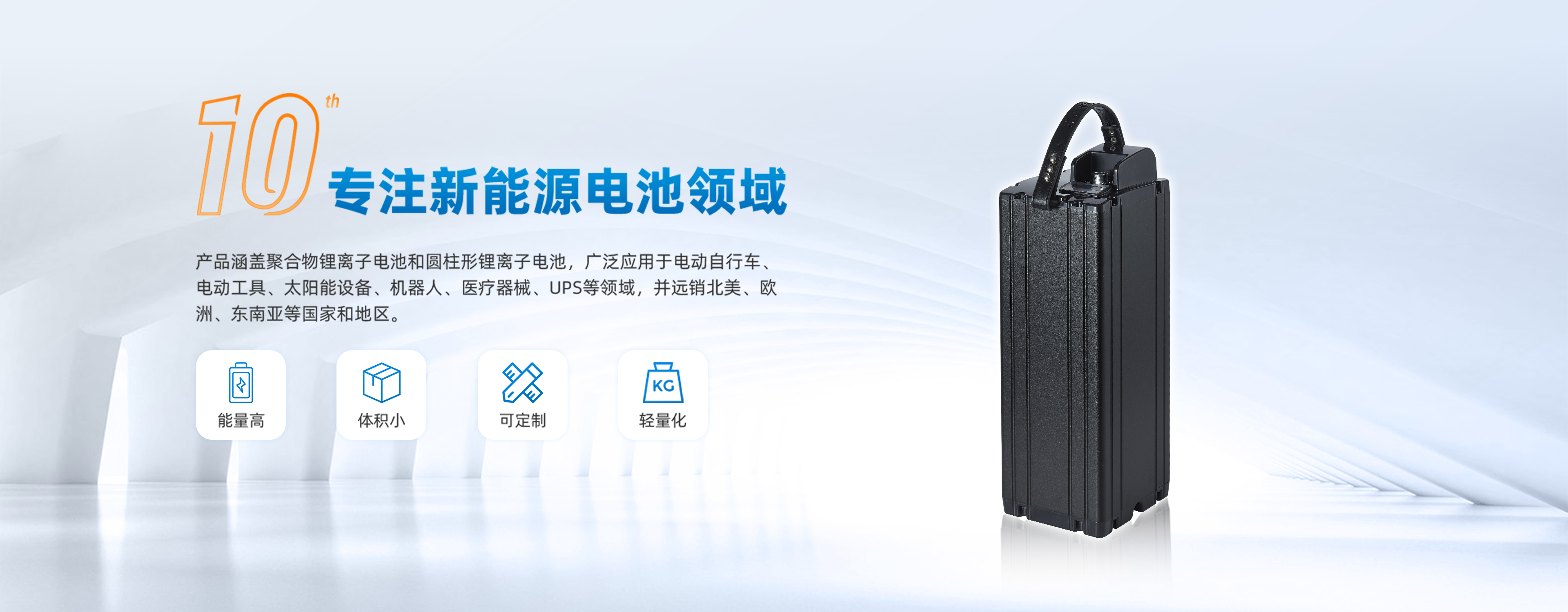


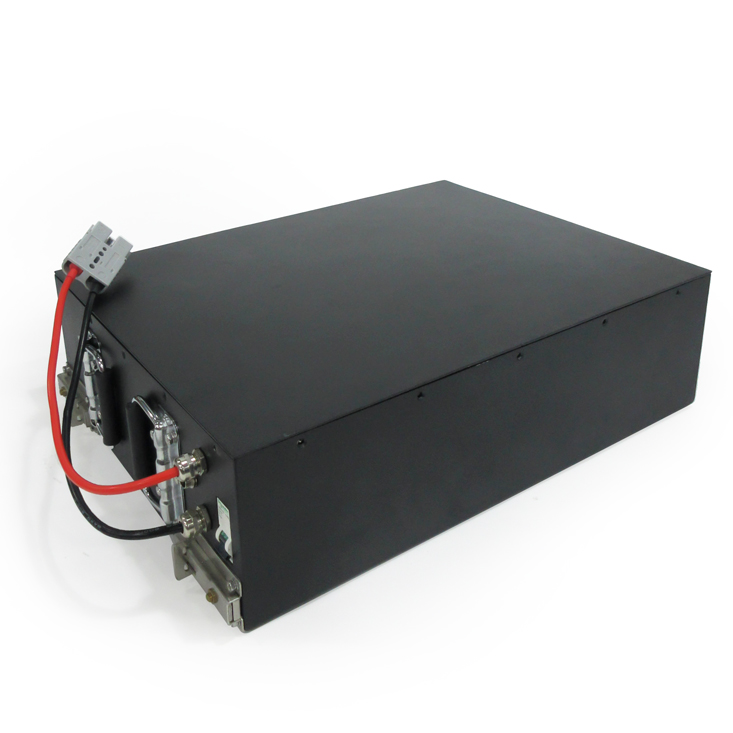
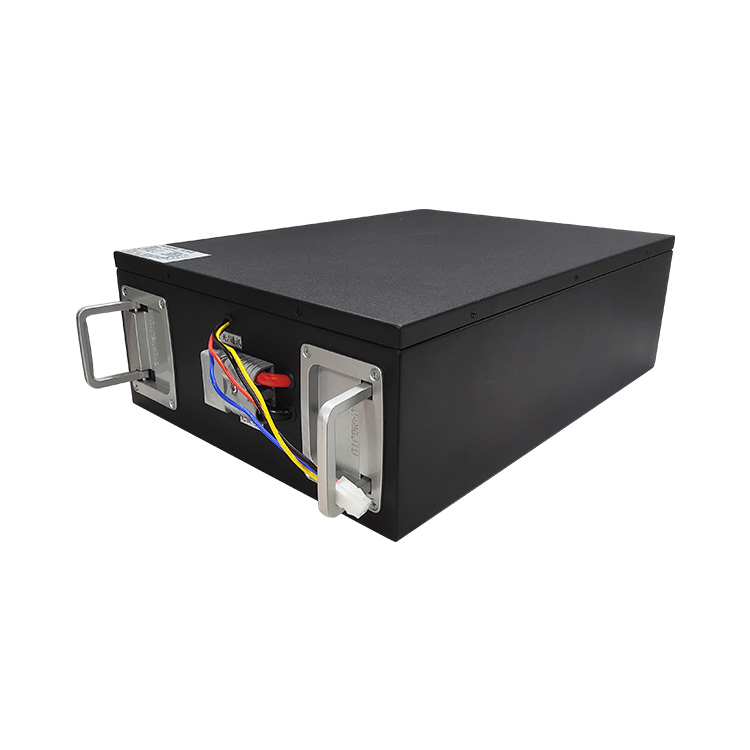
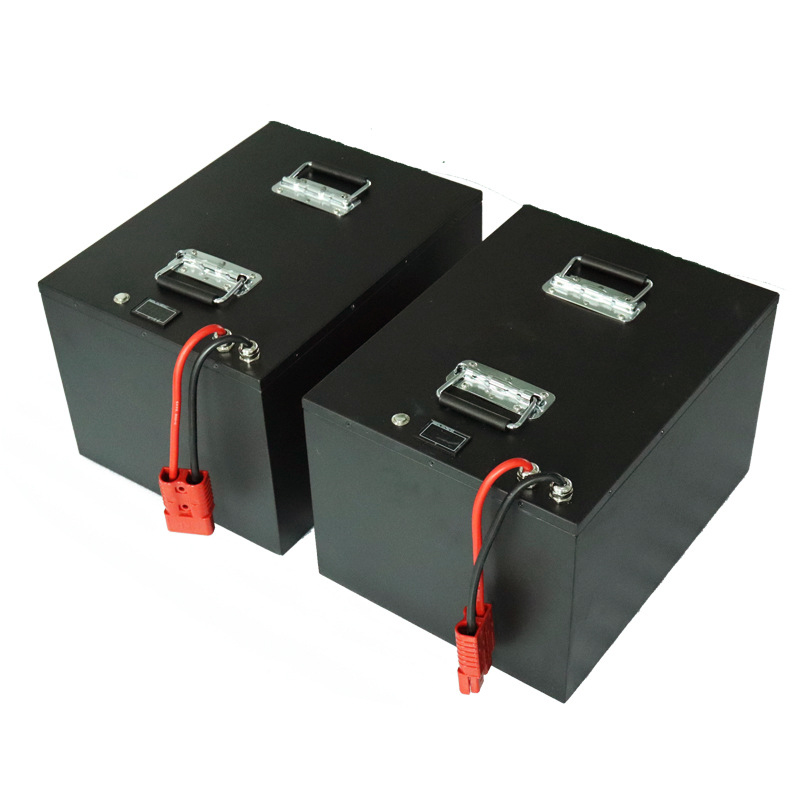

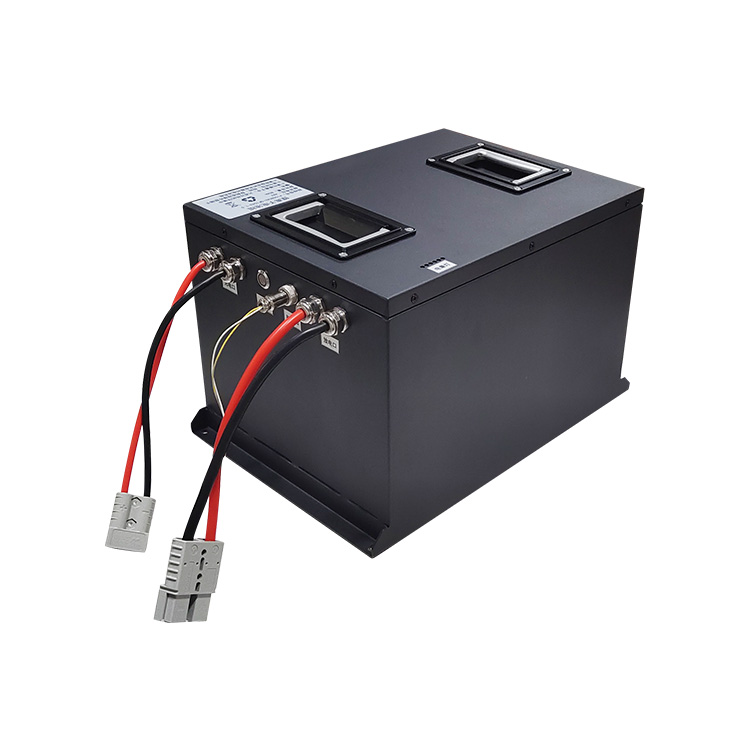

 Yue Gong Wang An Bei No. 4419002007491
Yue Gong Wang An Bei No. 4419002007491